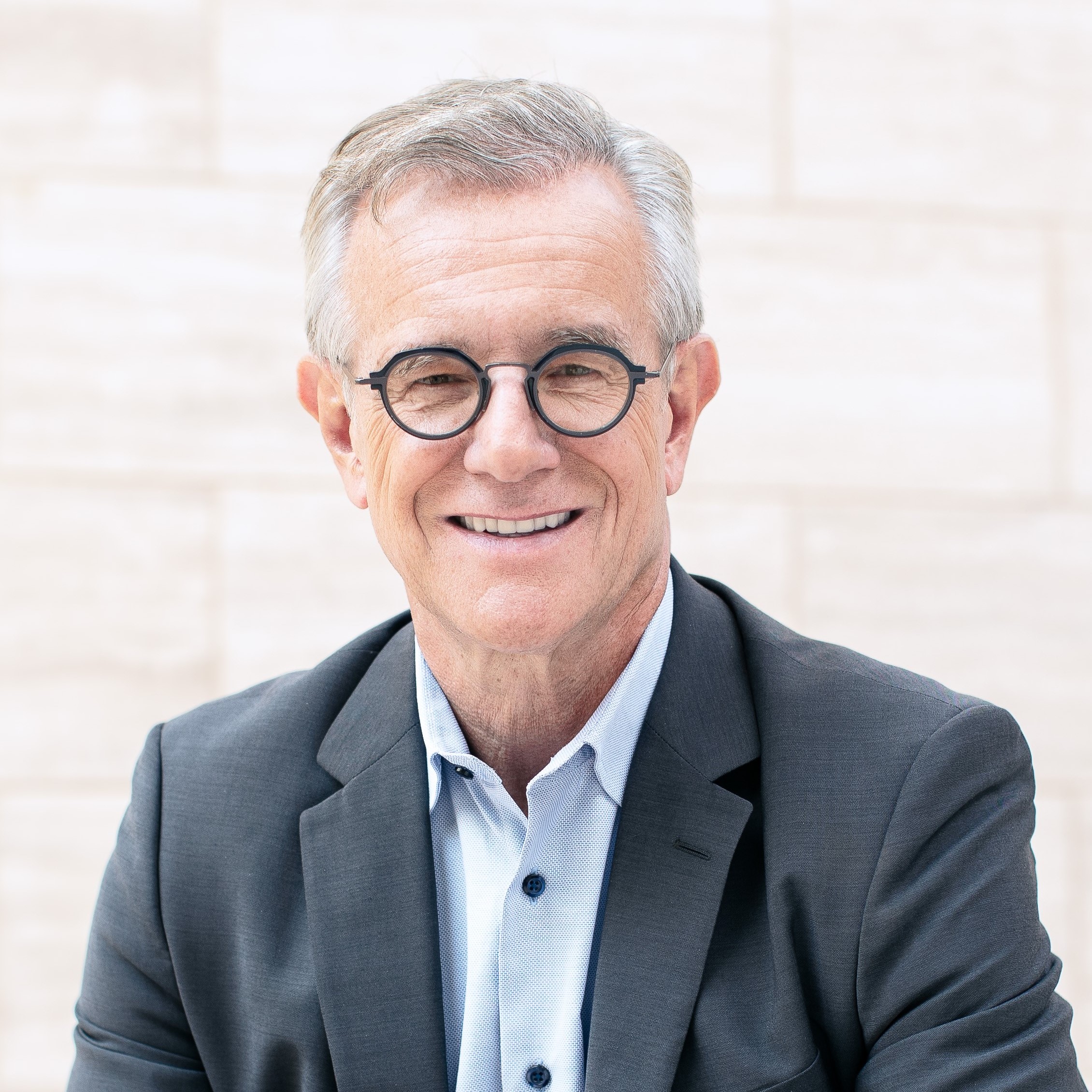by Buck Institute
March 29, 2024 . BLOG
Targeting aging is good for the economy
Buck president and chief executive officer weighs in on recent financial analysis
It turns out that figuring out how to slow the aging process is not only good for our collective health but our collective wallets as well.
 A recent analysis in Nature Aging really resonates with the work done here at the Buck. In “The economic value of targeting aging,” the authors contend that focusing on slowing the aging process can offer much larger economic gains than chipping away at individual diseases, a point that illustrates exactly why Eric Verdin, MD, does what he does in his lab, searching for interventions against human aging.
A recent analysis in Nature Aging really resonates with the work done here at the Buck. In “The economic value of targeting aging,” the authors contend that focusing on slowing the aging process can offer much larger economic gains than chipping away at individual diseases, a point that illustrates exactly why Eric Verdin, MD, does what he does in his lab, searching for interventions against human aging.
The article sets up this scenario: while in the past 150 years, life expectancy has increased dramatically, those extra years are not all healthy. Most people intuitively understand this conundrum, says Verdin, and they don’t like it.
He got direct evidence of this when he gave his first talk as head of the Buck in 2016. “I started by asking who wants to live to 120, and in an audience of around 700 people, two people raised their hands. He recalls feeling stunned, thinking that of course everyone would want to live a long life. When he repeated the question but added that they would be in the same shape as when they were at age 50, surrounded by friends and family and working full time, the entire audience raised their hands.
“Everybody does want to live a long time, but nobody wants to get old the way we get old now,“ he says.
The perception is not incorrect. Verdin estimates that most people spend 15-20 percent of their lives ill. According to the National Council on Aging, nearly 95 percent of adults 60 and older have at least one chronic condition, such as cardiovascular disease, type 2 diabetes or some form of dementia. Nearly 80 percent have two or more. “These statistics really color how we think about aging, equating it essentially with being chronically ill,” he says.
These chronic diseases come with an incredible burden for society, he says, in terms of health, quality of life, and cost.
“We spend so much money in this country treating diseases that are preventable,” says Verdin. “If we could intervene throughout the lifespan, people can live longer but also live better and healthier. That is worth a lot.”
But exactly how much money is it worth to prioritize healthspan over lifespan?
In the Nature Aging analysis, three scientists explored the issue from a financial rather than a biomedical perspective. They crunched existing data to uncover the economic value of increasing life expectancy, of improving health and of investing in treatments that target aging. And they came up with a figure: slowing down aging to result in one extra year of life expectancy = $38 trillion. Boost that timeframe to 10 years, and they estimate that is worth a staggering $367 trillion.
The team showed that reducing the unhealthy aspects of aging (aka “compression of morbidity”) is more valuable than simply increasing life expectancy.
“For the first time, the field of research on aging is preoccupying itself with the process of aging, not just studying diseases,” says Verdin. “Medicine focuses on treating illness but what the science of aging tells us is that when you get a disease, it is the result of a long process that had started 15-20 years earlier.”
Verdin is quite excited about a future in which reactive medicine will be replaced instead by a proactive stance, and he thinks the Buck’s new Center for Phenomic Health could help drive the change. Health scientists and economists agree that individuals and society overall will benefit from strategies that attack diseases at their root causes and prevent the diseases from developing in the first place.

SHARE